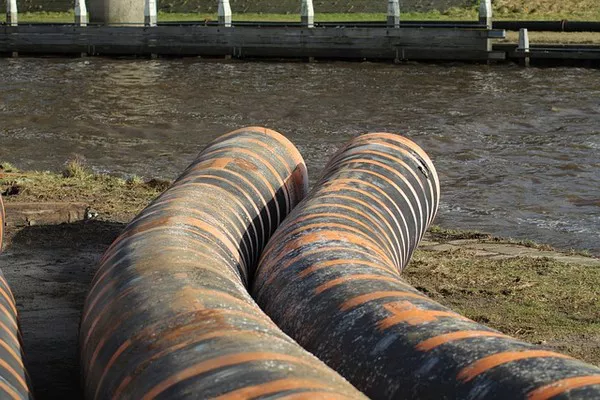Wastewater treatment plants play a crucial role in maintaining environmental sustainability by treating and purifying wastewater before it is released back into natural water bodies. A significant byproduct of this process is sludge, a semi-solid residue containing water, organic matter, and other contaminants. Effectively treating and managing sludge is vital for minimizing environmental impact and ensuring compliance with regulatory standards. In this article, we will explore the various methods employed in the treatment of sludge in wastewater treatment plants.
Primary Sludge and Secondary Sludge:
Wastewater treatment plants generate two main types of sludge: primary sludge and secondary sludge. Primary sludge is derived from the primary sedimentation process, where large particles settle out of the wastewater. Secondary sludge is produced during the biological treatment stage, where microorganisms break down organic matter. Both types of sludge contain a mix of water, solids, and organic compounds, necessitating specific treatment methods.
Thickening:
The first step in sludge treatment is thickening, which involves increasing the solids content of the sludge to reduce its volume. Various methods, such as gravity thickening and dissolved air flotation, are employed to achieve this. Gravity thickening relies on the force of gravity to separate solids from water, while dissolved air flotation uses air bubbles to lift solids to the surface for removal. Thickening not only reduces the volume of sludge but also makes subsequent treatment processes more efficient.
Anaerobic Digestion:
One of the most common and effective methods for treating sludge is anaerobic digestion. In this process, sludge is placed in a sealed, oxygen-free tank where anaerobic bacteria break down organic matter into methane gas and carbon dioxide. This not only stabilizes the sludge but also produces biogas, a valuable source of renewable energy. The remaining sludge, now referred to as digested sludge, is less odorous and has reduced pathogen content, making it safer for disposal or further processing.
Dewatering:
Following anaerobic digestion, the sludge undergoes a dewatering process to further reduce its water content. Mechanical methods, such as belt filter presses and centrifuges, are commonly used for dewatering. These technologies apply pressure to the sludge, forcing water to separate from the solids. The resulting dewatered sludge, also known as cake, has a higher solids concentration, making it easier and more cost-effective to transport and dispose of.
Thermal Treatment:
Thermal treatment methods, including incineration and pyrolysis, are employed to reduce the volume of sludge and destroy harmful pathogens. Incineration involves burning the sludge at high temperatures, while pyrolysis uses heat in the absence of oxygen to break down organic matter. Both methods result in the production of ash, which must be carefully managed. While thermal treatment is effective in minimizing sludge volume and producing energy, it can be energy-intensive and may require additional air pollution control measures.
Composting:
Composting is a sustainable and environmentally friendly method for treating sludge. This process involves mixing dewatered sludge with organic bulking agents, such as wood chips or straw, and allowing the mixture to decompose under controlled conditions. Composting not only stabilizes the sludge but also produces a nutrient-rich material that can be used as a soil conditioner. This approach aligns with the principles of circular economy and contributes to the reuse of resources.
Advanced Treatment Technologies:
In recent years, advancements in technology have led to the development of innovative sludge treatment methods. One such approach is the use of electrochemical processes, which employ electrodes to break down organic matter in the sludge. Electrochemical treatment offers a more sustainable alternative, requiring lower energy inputs and producing fewer byproducts compared to traditional methods.
See Also: What Causes Sewage Blockages?A Comprehensive Analysis
Conclusion:
Effectively treating sludge in wastewater treatment plants is essential for ensuring environmental sustainability and compliance with regulatory standards. The combination of traditional methods, such as anaerobic digestion and dewatering, with innovative technologies like electrochemical treatment, presents a comprehensive approach to sludge management. As the field continues to evolve, wastewater treatment plants must embrace these advancements to enhance efficiency, reduce environmental impact, and contribute to the overall goal of creating a more sustainable and resilient water infrastructure.

